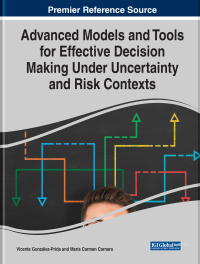Cranberry Corp. has two divisions of equal size: a computer manufacturing division and a data processing division. Its CFO believes that stand-alone data processor companies typically have a WACC of 8%, while stand-alone computer manufacturers typically have a 12% WACC. He also believes that the data processing and manufacturing divisions have the same risk as their typical peers. Consequently, he estimates that the composite, or corporate, WACC is 10%. A consultant has suggested using an 8% hurdle rate for the data processing division and a 12% hurdle rate for the manufacturing division. However, the CFO disagrees, and he has assigned a 10% WACC to all projects in both divisions. Which of the following statements is CORRECT?
| | The decision not to risk adjust means that the company will accept too many projects in the manufacturing business and too few projects in the data processing business. This may affect the firms capital structure but it will not affect its intrinsic value. |
| | While the decision to use just one WACC will result in its accepting more projects in the manufacturing division and fewer projects in its data processing division than if it followed the consultants recommendation, this should not affect the firms intrinsic value. |
| | The decision not to risk adjust means that the company will accept too many projects in the data processing business and too few projects in the manufacturing business. This will lead to a reduction in its intrinsic value over time. |
| | The decision not to adjust for risk means that the company will accept too many projects in the manufacturing division and too few in the data processing division. This will lead to a reduction in the firms intrinsic value over time. |
| | The decision not to adjust for risk means, in effect, that it is favoring the data processing division. Therefore, that division is likely to become a larger part of the consolidated company over time. |






